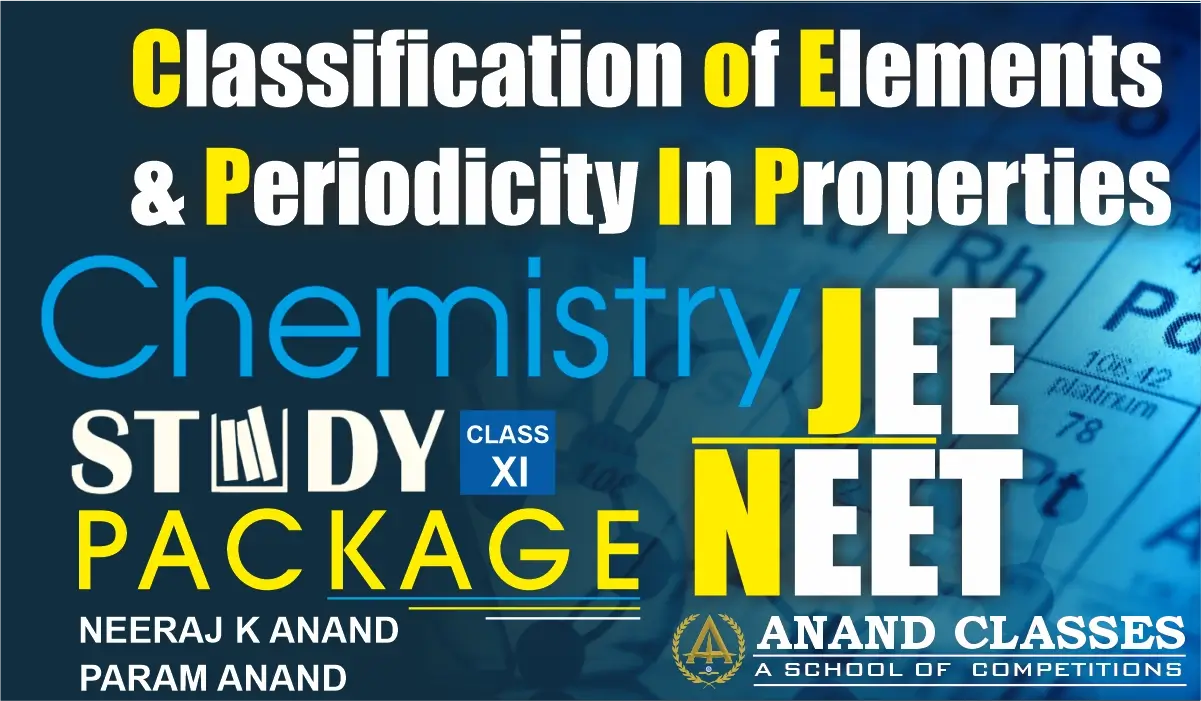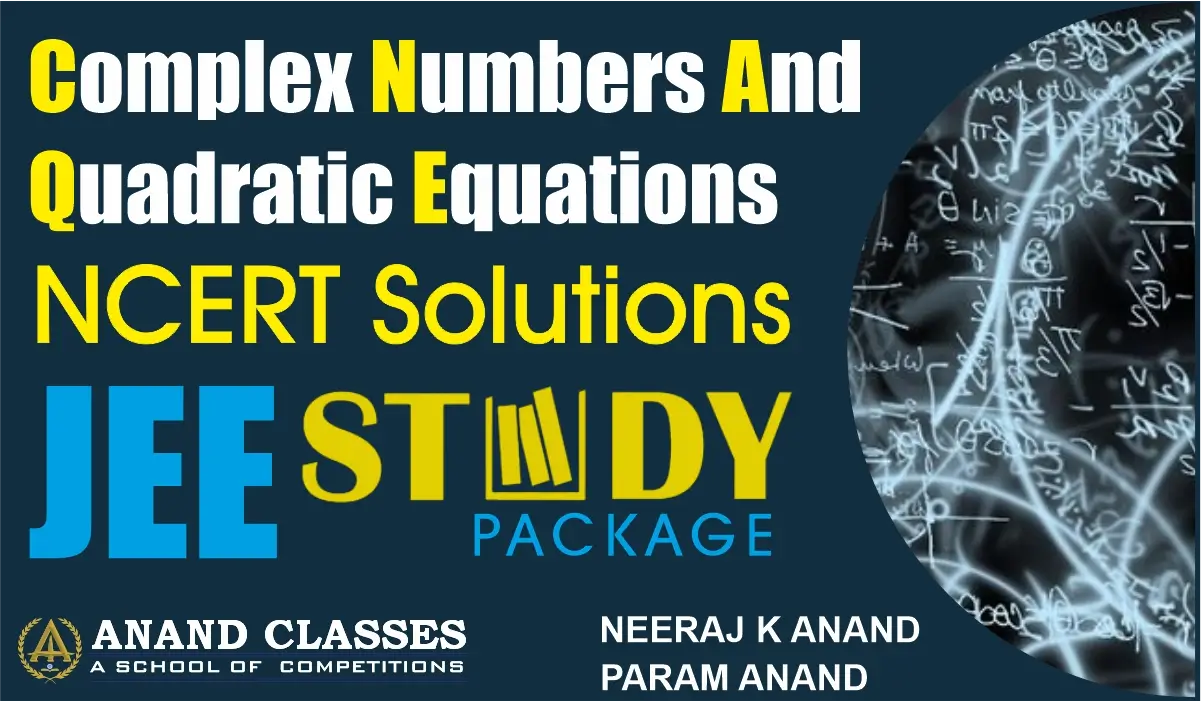Anand Classes explains that successive electron gain enthalpies (EA₁, EA₂) represent the energy changes when one or more electrons are added to a gaseous atom. The first electron gain enthalpy (EA₁) is usually negative because a neutral atom attracts the incoming electron and energy is released. However, the second electron gain enthalpy (EA₂) is always positive, since the electron is being added to a negatively charged ion and experiences strong Coulombic repulsion, requiring external energy input. For example, in oxygen, EA₁ = –141 kJ mol⁻¹ (energy released), while EA₂ = +780 kJ mol⁻¹ (energy absorbed).
Successive Electron Gain Enthalpies
Just like ionization enthalpies, elements can also possess successive electron gain enthalpies. This refers to the energy changes that occur when one, two, or more electrons are successively added to an atom in the gaseous state.
Why Successive Electron Gain Enthalpies Differ
- The first electron gain enthalpy (EA₁) involves adding an electron to a neutral atom.
- Since the atom is neutral, the incoming electron experiences an overall attraction from the nucleus.
- As a result, in most cases, energy is released when the first electron is added (EA₁ is usually negative).
- The second electron gain enthalpy (EA₂) involves adding an electron to an already negatively charged ion.
- Now, the incoming electron is strongly repelled by the negative charge already present.
- To overcome this Coulombic repulsion, energy must be supplied from outside.
- Hence, EA₂ (and higher values) are always positive (endothermic).
Why First Electron Gain Enthalpy (EA₁) of oxygen is negative while Second Electron Gain Enthalpy (EA₂) is positive ?
First Electron Gain Enthalpy (EA₁):
O(g) + e− ⟶ O−(g) ΔegH1 = − 141 kJ/mol
- Here, energy is released (negative value) because the nucleus attracts the incoming electron.
Second Electron Gain Enthalpy (EA₂):
O−(g) + e− ⟶ O2−(g) ΔegH2 = +780 kJ/mol
- Here, a very high amount of energy must be supplied to push an electron into an already negatively charged ion.
Thus, oxygen can easily form O− but forming O2− in the gaseous state is very difficult due to high repulsion.
General Statement
- The first electron gain enthalpy is usually negative (energy released).
- The second and higher electron gain enthalpies are always positive (energy absorbed).
Example: First and Second Electron Gain Enthalpies
| Element | EA₁ (kJ mol⁻¹) | EA₂ (kJ mol⁻¹) |
|---|---|---|
| O | –141 | +780 |
| S | –200 | +590 |
| Se | –195 | +420 |
Successive Electron Gain Enthalpies of Oxygen Family
- First EA trend (O → S → Se): becomes more negative from O (–141) to S (–200), then slightly less negative at Se (–195).
- Oxygen’s very small size causes high electron–electron repulsion in the compact O− ion, making EA₁ less negative than sulfur’s.
- Second EA trend: values decrease from O (+780) → S (+590) → Se (+420).
- Larger atomic size down the group reduces repulsion for the incoming electron, so less energy is required to add the second electron.
✅ Final Result
- EA₁ → generally negative (exothermic).
- EA₂ (and higher) → always positive (endothermic).
- Trend down the group: EA₁ less negative → more negative (to a point) → then less negative again, while EA₂ decreases but stays positive.
Conceptual Examination Questions
Q1. Why is the first electron gain enthalpy (EA₁) of oxygen negative while the second (EA₂) is positive?
Answer:
- EA₁ of oxygen (–141 kJ mol⁻¹) is negative because a neutral atom attracts the incoming electron, releasing energy.
- EA₂ (+780 kJ mol⁻¹) is positive because the added electron must enter an already negative O− ion, where it experiences strong electron–electron repulsion. Hence, external energy is required.
Q2. Why is the EA₁ of sulfur more negative than that of oxygen?
Answer:
- Oxygen has a very small size, so when an extra electron enters, it faces high repulsion in the compact electron cloud.
- Sulfur, being larger, offers more space, so the added electron experiences less repulsion and more effective attraction by the nucleus.
- Therefore, EA₁ of sulfur (–200 kJ mol⁻¹) is more negative than oxygen (–141 kJ mol⁻¹).
Q3. Why are second electron gain enthalpies (EA₂) always positive?
Answer:
- EA₂ involves adding an electron to a negatively charged ion.
- Since like charges repel, the incoming electron is strongly opposed.
- To overcome this Coulombic repulsion, energy must be supplied.
- Hence, EA₂ values are always positive (endothermic).
Q4. Compare the second electron gain enthalpies EA₂ values of oxygen, sulfur, and selenium.
Answer:
- Oxygen: +780 kJ mol⁻¹
- Sulfur: +590 kJ mol⁻¹
- Selenium: +420 kJ mol⁻¹
- The trend shows that EA₂ decreases down the group, because larger atomic size reduces repulsion between the incoming electron and the anion.
Q5. Why does oxygen not readily form O2− ions in the gaseous state, even though O2− ?
Answer:
- In the gaseous state, forming O2− requires a huge energy input (+780 kJ mol⁻¹ for EA₂).
- However, in ionic compounds (like MgO, CaO), this energy is compensated by the high lattice enthalpy of the crystal.
- Hence, O2− is stable in solids, but difficult to form in the gaseous state.
Q6. Which element, oxygen, sulfur, or selenium, will have the lowest second electron gain enthalpies EA₂ value? Explain.
Answer:
- Selenium has the lowest EA₂ (+420 kJ mol⁻¹).
- Reason: its large size provides more space for the incoming electron, reducing repulsion and requiring less energy for addition compared to O and S.
Q7. “The second electron gain enthalpy of oxygen is highly positive.” Explain with reason.
Answer:
- After the first electron enters oxygen, it becomes O−.
- The second electron now faces very strong repulsion from the negatively charged ion.
- Hence, a very large amount of energy (+780 kJ mol⁻¹) must be supplied.
📚 Buy Study Material & Join Our Coaching
For premium study materials specially designed for JEE, NEET, NDA, and CBSE/ICSE Classes, visit our official study material portal:
👉 https://publishers.anandclasses.co.in/
To enroll in our offline or online coaching programs, visit our coaching center website:
👉 https://anandclasses.co.in/
📞 Call us directly at: +91-94631-38669
💬 WhatsApp Us Instantly
Need quick assistance or want to inquire about classes and materials?
📲 Click below to chat instantly on WhatsApp:
👉 Chat on WhatsApp
🎥 Watch Video Lectures
Get access to high-quality video lessons, concept explainers, and revision tips by subscribing to our official YouTube channel:
👉 Neeraj Anand Classes – YouTube Channel



